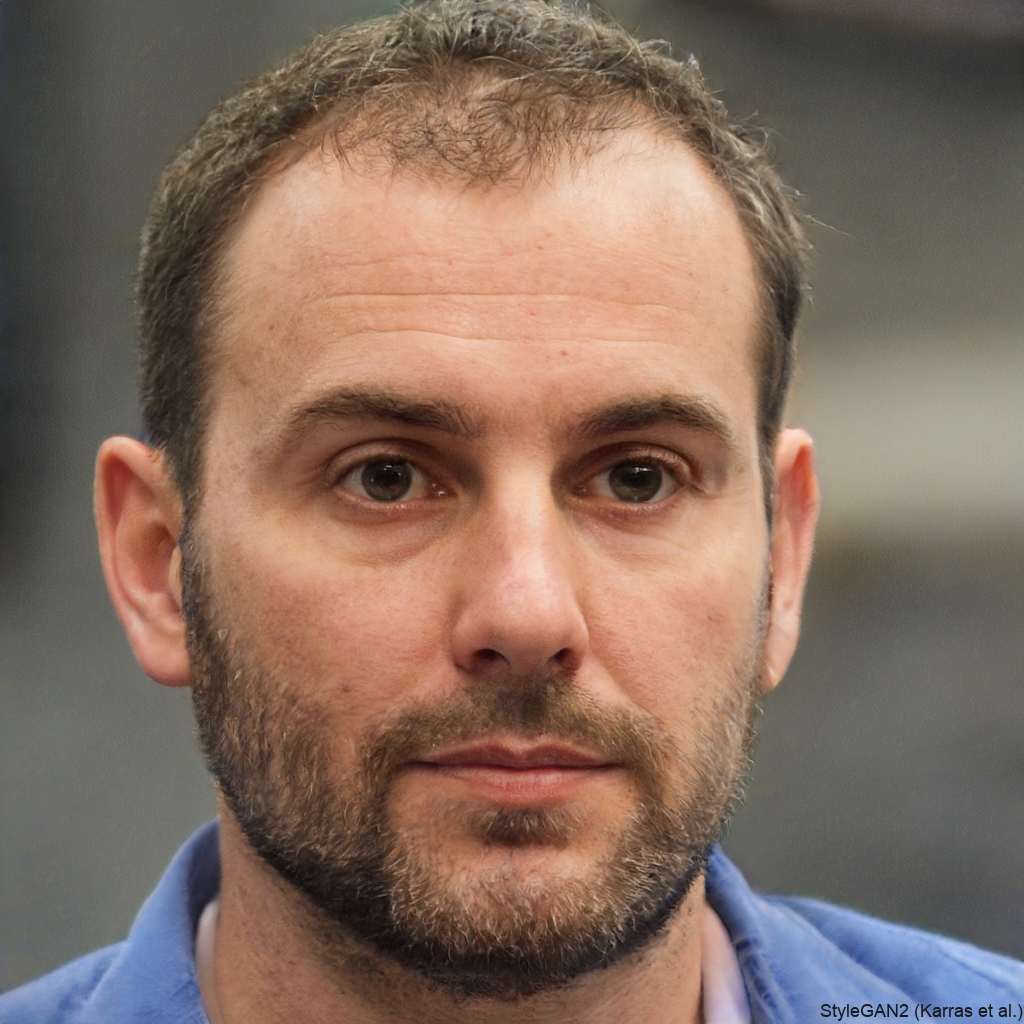Introduction: Why EQ Matters More Than Ever
Imagine a leader who listens more than they speak, stays calm under pressure, and inspires trust simply by being present. This isn’t a fantasy—it’s the reality of leaders with high emotional intelligence (EQ). In a world where technology evolves at lightning speed and markets shift overnight, one human skill remains timeless: the ability to understand and manage emotions—both your own and those of others.
Emotional intelligence isn’t just about being “nice” or “empathetic.” It’s a powerful leadership tool that drives better decision-making, stronger teams, and healthier workplace cultures. Research from TalentSmart shows that EQ accounts for nearly 58% of job performance in all types of roles, and leaders with high EQ are 4x more likely to be top performers.
But here’s the best part: unlike IQ, emotional intelligence can be learned, developed, and strengthened over time. Whether you’re managing a team of five or leading an entire organization, improving your EQ isn’t just beneficial—it’s essential.
In this article, we’ll explore what emotional intelligence really means in leadership, break down its core components, and show you practical ways to grow this skill. From real-life examples to daily habits you can start today, you’ll walk away with actionable insights to become a more effective, connected, and inspiring leader.
Let’s dive in.
What Is Emotional Intelligence—and Why Does It Define Great Leaders?
At its core, emotional intelligence (EQ) is the ability to recognize, understand, manage, and influence emotions—your own and those of others. While traditional leadership models once focused on authority, logic, and results, modern leadership is increasingly defined by empathy, communication, and emotional awareness.
Psychologist Daniel Goleman, a pioneer in EQ research, identified five key components of emotional intelligence:
- Self-awareness
- Self-regulation
- Motivation
- Empathy
- Social skills
Leaders who master these areas don’t just achieve goals—they build trust, foster loyalty, and create environments where people want to perform.
Consider two managers facing the same crisis: a missed project deadline.
The first reacts with frustration, blames the team, and demands immediate fixes. The second pauses, asks what went wrong, listens to concerns, and collaborates on a solution. Who would you rather work for?
Spoiler: It’s not just about being kind. The second leader is using emotional intelligence to reduce stress, maintain morale, and prevent future mistakes. Studies show that teams led by emotionally intelligent managers report higher job satisfaction, lower turnover, and greater innovation.
In short, EQ isn’t a “soft skill”—it’s a strategic advantage. And in today’s hybrid, fast-paced, and often emotionally charged workplaces, it’s the difference between a leader who survives and one who truly thrives.
Self-Awareness: The Foundation of Emotional Intelligence
You can’t lead others if you don’t understand yourself. That’s where self-awareness comes in—the cornerstone of emotional intelligence.
Self-awareness means recognizing your emotions as they happen, understanding how they affect your thoughts and behaviors, and knowing your strengths and weaknesses. A self-aware leader doesn’t say, “I’m not emotional,” but instead asks, “Why did that comment bother me? What triggered my reaction?”
For example, imagine a CEO who gets defensive during feedback sessions. Without self-awareness, they might dismiss the team’s input as “unfair.” But with it, they might realize: “I feel attacked because I tie my self-worth to company performance. That’s not fair to my team.” This insight opens the door to growth.
So how do you build self-awareness?
Try these simple practices:
- Keep an emotion journal: At the end of each day, jot down moments when you felt strong emotions. What caused them? How did you respond?
- Ask for feedback: Regularly request honest input from peers, mentors, or direct reports. Use tools like 360-degree reviews.
- Practice mindfulness: Just 5–10 minutes of daily meditation can help you tune into your inner state and notice patterns in your reactions.
Leaders who invest in self-awareness don’t just avoid emotional pitfalls—they make better decisions. They know when to step back, when to speak up, and when to ask for help. And that kind of clarity is contagious.
As author Tasha Eurich found in her research, while 95% of people believe they’re self-aware, only about 10–15% truly are. The gap is real—but so is the opportunity.
Self-Regulation: Staying Calm When the Pressure Is On
Even the most self-aware leaders can lose control. That’s where self-regulation comes in—the ability to manage disruptive emotions and impulses.
Think of it as your emotional “pause button.” Instead of reacting instantly to stress, criticism, or failure, you choose how to respond. This doesn’t mean suppressing emotions; it means channeling them constructively.
For instance, a manager receives an angry email from a client. Without self-regulation, they might fire back immediately. With it, they take a breath, walk away for 10 minutes, and reply with clarity and professionalism.
Why is this so powerful in leadership?
Because teams take emotional cues from their leaders. When a leader stays calm, the team feels safe. When a leader panics, stress spreads like wildfire.
Research from the Center for Creative Leadership shows that leaders who struggle with emotional regulation are more likely to make impulsive decisions, damage relationships, and experience burnout.
So, how can you strengthen self-regulation?
Try these techniques:
- The 6-second rule: When you feel a surge of emotion, pause for six seconds before speaking. This gives your prefrontal cortex—the rational part of your brain—time to catch up.
- Reframe the situation: Ask yourself, “Is this a crisis, or is it just uncomfortable?” Often, the answer changes how you respond.
- Develop healthy outlets: Exercise, journaling, or talking to a trusted friend can help you process emotions before they explode.
Great leaders aren’t emotionless—they’re emotionally intelligent. They know that managing their reactions isn’t weakness; it’s strength in action.
And when you model self-regulation, you give your team permission to do the same.
Empathy: The Secret Weapon of Inspirational Leaders
Empathy—the ability to understand and share the feelings of others—is often misunderstood. It’s not about agreeing with everyone or avoiding tough decisions. It’s about seeing the world through someone else’s eyes—especially when it’s hard.
In leadership, empathy builds trust, improves communication, and reduces conflict. A study by Businessolver found that 93% of employees are more likely to stay with an empathetic employer, and 82% would consider leaving a company that lacks empathy.
Let’s say an employee has been missing deadlines. A non-empathetic leader might say, “You’re not pulling your weight.” An empathetic leader asks, “I’ve noticed you’ve been struggling lately. Is everything okay? How can I support you?”
The second approach doesn’t excuse poor performance—it addresses the root cause. Maybe the employee is dealing with a sick parent, burnout, or unclear expectations. By showing empathy, the leader strengthens the relationship and often uncovers solutions that strict discipline never could.
But empathy isn’t just for one-on-one conversations. It shapes entire cultures. Satya Nadella, CEO of Microsoft, transformed the company’s culture by prioritizing empathy. He encouraged leaders to listen first, ask questions, and focus on learning over knowing. The result? Microsoft’s market value grew from $300 billion to over $2 trillion in less than a decade.
To practice empathy daily:
- Listen to understand, not to respond: Put your phone down, make eye contact, and focus on the speaker.
- Validate feelings: You don’t have to fix everything. Sometimes, saying “That sounds really tough” is enough.
- Ask open-ended questions: “What’s been on your mind lately?” or “How are you really doing?”
Empathy isn’t a “nice-to-have.” It’s a leadership superpower that drives loyalty, innovation, and long-term success.
Social Skills: Building Stronger Teams Through Connection
Leaders don’t succeed alone. They succeed through people. And that’s where social skills—the ability to manage relationships and build networks—come into play.
Emotionally intelligent leaders are skilled communicators, collaborators, and conflict resolvers. They don’t just give orders; they inspire, influence, and connect.
Think about the last time you worked on a great team. Chances are, there was a leader who made you feel heard, valued, and motivated. That didn’t happen by accident—it was the result of strong social skills.
These skills include:
- Effective communication: Speaking clearly, adapting your style to different people, and giving constructive feedback.
- Conflict management: Addressing disagreements early, focusing on solutions, and finding common ground.
- Influence and persuasion: Inspiring action without relying on authority.
- Team building: Creating a sense of belonging and shared purpose.
A real-world example? Howard Schultz, former CEO of Starbucks, built a culture where baristas felt like partners, not employees. He held open forums, listened to frontline feedback, and even offered healthcare to part-time workers. His social intelligence helped turn Starbucks into a global brand with fierce employee loyalty.
Want to improve your social skills? Start small:
- Practice active listening: Nod, paraphrase, and ask follow-up questions.
- Celebrate others publicly: A simple “great job” in a team meeting goes a long way.
- Have regular check-ins: Not just about work, but about well-being.
When leaders invest in relationships, they create environments where people feel safe to speak up, take risks, and grow.
And that’s where true innovation begins.
Motivation: Leading with Purpose, Not Pressure
What drives you as a leader? Is it money? Recognition? Fear of failure?
Emotionally intelligent leaders are driven by something deeper: intrinsic motivation—a passion for the work itself, a sense of purpose, and a commitment to growth.
This kind of motivation is contagious. When a leader shows genuine enthusiasm and resilience, the team feels it. They’re more engaged, more creative, and more willing to go the extra mile.
But here’s the catch: motivation isn’t just about being “positive.” It’s about maintaining focus and energy, even during setbacks.
Consider a startup founder whose product launch fails. A leader motivated by ego might blame the team or give up. A leader with high EQ sees it as a learning opportunity: “We didn’t get it right this time, but we’re closer than we were yesterday.”
This mindset—called “growth mindset” by psychologist Carol Dweck—fuels perseverance and innovation.
So, how do you cultivate this kind of motivation?
Try these strategies:
- Reconnect with your “why”: Why did you start this role? What impact do you want to make?
- Set meaningful goals: Not just “increase sales by 10%,” but “help 1,000 customers solve their biggest problem.”
- Celebrate progress, not just results: Recognize effort, learning, and small wins.
- Surround yourself with positive influences: Mentors, books, or podcasts that inspire growth.
Motivated leaders don’t rely on external rewards to keep going. They lead from within. And that inner drive becomes the heartbeat of the organization.
The Ripple Effect: How EQ Transforms Entire Organizations
So far, we’ve focused on individual leadership. But the power of emotional intelligence doesn’t stop there—it spreads.
When one leader practices EQ, it influences their team. When multiple leaders do, it transforms the entire culture.
Imagine a workplace where:
- Feedback is given with care, not fear.
- Mistakes are seen as learning opportunities.
- People feel safe to speak up and be themselves.
That’s not a dream—it’s what happens when EQ is prioritized.
A study by Korn Ferry found that organizations with high collective emotional intelligence outperform others in profitability, customer satisfaction, and employee engagement. They also adapt faster to change and handle crises more effectively.
Take Google’s Project Aristotle, which studied hundreds of teams to find out what makes them successful. The number one factor wasn’t intelligence, experience, or resources—it was psychological safety, a concept deeply tied to emotional intelligence. Teams where people felt safe to take risks and be vulnerable performed best.
So, how do you create this kind of culture?
Start at the top:
- Train leaders in EQ skills.
- Reward empathetic behavior, not just results.
- Encourage open dialogue and feedback.
- Normalize vulnerability—leaders who admit mistakes set the tone.
One company that got this right is Zoom. During the pandemic, CEO Eric Yuan didn’t just focus on growth. He prioritized employee well-being, encouraged flexible schedules, and openly shared his own struggles. The result? High retention, strong morale, and sustained success.
EQ isn’t just a personal skill—it’s a cultural catalyst.
EQ in Action: Real Leaders, Real Results
Theory is great, but let’s look at real-world impact.
Case Study 1: Indra Nooyi, Former CEO of PepsiCo
Nooyi was known for her deep empathy and long-term vision. She once wrote personal letters to the parents of her senior executives, thanking them for raising such talented children. This small gesture built immense loyalty. Under her leadership, PepsiCo’s revenue grew by 80%, and she championed healthier products, showing that EQ and business success go hand in hand.
Case Study 2: A Mid-Level Manager’s Turnaround
Sarah, a project manager at a tech firm, was seen as “too direct” and “intimidating.” After EQ training, she started holding weekly one-on-ones, asking how her team was feeling, and adjusting her feedback style. Within six months, her team’s engagement score jumped from 68% to 92%. One employee said, “I finally feel like she sees me as a person, not just a task.”
Case Study 3: A School Principal’s Transformation
Principal James in Chicago used EQ to reduce student suspensions by 50%. Instead of punishment, he focused on understanding the root causes of behavior. He trained teachers in active listening and emotional regulation. The school became a model for restorative practices.
These stories prove that EQ isn’t reserved for CEOs or celebrities. It’s for anyone in a leadership role—formal or informal.
And the best part? You don’t need a title to lead with emotional intelligence.
How to Develop Your EQ: 7 Practical Steps You Can Start Today
You don’t need a PhD or a decade of therapy to improve your emotional intelligence. Small, consistent actions make a big difference.
Here are 7 steps to grow your EQ starting today:
- Name Your Emotions
Instead of saying “I’m stressed,” try “I’m feeling overwhelmed because I have too many deadlines.” Specificity increases self-awareness. - Practice the Pause
Before reacting, take three deep breaths. This simple act resets your nervous system and creates space for better choices. - Ask, Don’t Assume
When a team member seems off, ask, “You seem quiet today—is everything okay?” Most conflicts start from assumptions. - Give Feedback with Care
Use the SBI model: Situation, Behavior, Impact.
Example: “In yesterday’s meeting (situation), you interrupted several times (behavior), which made others hesitant to share (impact).” - Seek Diverse Perspectives
Talk to people different from you—different roles, backgrounds, or opinions. It builds empathy and broadens your thinking. - Reflect Weekly
Every Friday, ask:- What emotion showed up most this week?
- How did it affect my decisions?
- Who did I support well? Who could I have supported better?
- Find an EQ Buddy
Partner with a colleague to share challenges, practice feedback, and hold each other accountable.
Remember: EQ is a journey, not a destination. Progress matters more than perfection.
The Future of Leadership Is Emotionally Intelligent
We’re entering an era where automation handles tasks, but humans handle meaning. AI can analyze data, but it can’t comfort a grieving employee or inspire a team through a crisis.
The future belongs to leaders who can do both—think strategically and connect deeply.
Emotional intelligence isn’t a trend. It’s the foundation of sustainable leadership. It’s what turns good managers into great leaders, and teams into communities.
And the best news? You already have everything you need to start.
You don’t need a bigger title, more resources, or perfect conditions. You just need the willingness to look inward, listen deeply, and lead with heart.
As Maya Angelou once said, “People will forget what you said, people will forget what you did, but people will never forget how you made them feel.”
That’s the legacy of emotionally intelligent leadership.
Conclusion: Your Leadership Journey Starts Now
Let’s recap what we’ve covered:
- Emotional intelligence is a critical leadership skill that drives performance, trust, and culture.
- The five components—self-awareness, self-regulation, motivation, empathy, and social skills—work together to create effective leaders.
- EQ can be developed through intentional practice, not just innate talent.
- Real leaders, from CEOs to teachers, have used EQ to transform teams and organizations.
- Small daily habits can significantly boost your emotional intelligence over time.
Now, it’s your turn.
Ask yourself:
Where am I strongest in EQ? Where do I want to grow?
Who on my team needs to feel more seen, heard, or supported?
Pick one small step from this article—maybe it’s journaling your emotions, pausing before reacting, or having a real conversation with a team member—and try it this week.
Leadership isn’t about being perfect. It’s about being present. It’s about choosing connection over control, empathy over ego, and growth over comfort.
And when you lead with emotional intelligence, you don’t just change outcomes—you change lives.
So, what’s one thing you’ll do differently as a leader tomorrow?
I’d love to hear your thoughts. Drop a comment, share this article with someone who inspires you, or start a conversation in your team. Because the power of emotional intelligence grows when we practice it—together.

Danilo Ferreira is a passionate entrepreneur, travel, and financial freedom enthusiast, always seeking new ways to expand his horizons and live with purpose. Driven by a high-performance mindset, he combines discipline and curiosity to achieve ambitious goals, exploring the world while building projects that reflect his vision of independence and continuous growth.







